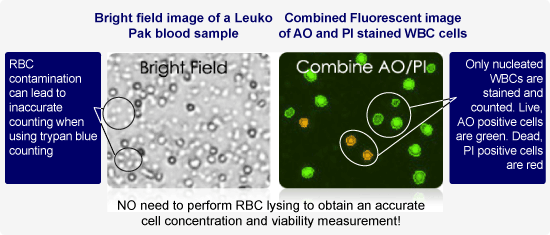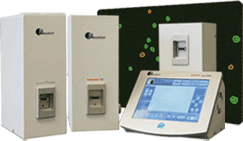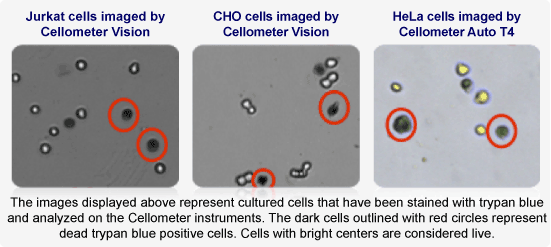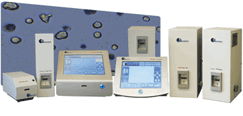to start off the New Year, why not enter one of these competitions organised by the British Society of Cell Biology (BSCB), for the best cell image or the best science writing:
BSCB Image Competition 2014
As author and cartoonist James Thurber once observed "There are two kinds of light - the glow that illuminates, and the glare that obscures". Cell biology would be nowhere without some photons to drench the otherwise dim and often lifeless specimens that we so carefully produce. Thanks to some remarkable developments in microscopes and staining tools, we can easily capture images and sit in awe and wonder at the hitherto invisible beauty found in nature. So what makes an image an outstanding image? Is it the biology underlying? Is it the technical prowess of the sample maker? Is it the composition or colour choice? Is it all these together? It is probably all or at least most of the above.
We are pleased to announce the fourth year of the BSCB image competition. Entries should illustrate cell biology in any form and the winning images will be used as cover art for the newsletter and on the BSCB website. The closing date for entries for the 2014 competition is: 1st Feb 2014.
For full details visit:
http://www.bscb.org/index.php?url=imagecompetition/index
About the BSCB Science Writing Prize
Communicating science in words that are engaging and understandable is vital at many levels. The BSCB Science Writing Prize was launched in 2009 to encourage and reward high quality writing on topics of key relevance to biomedical science. Entrants have either communicated their own research projects or science stories in the literature, in a clear and concise way aimed at a non-specialist audience, or written essays that were not be limited to research per se, but tackled a bioethical or science policy issue. The BSCB Science Writing Prize aims to encourage writing skill development in young researchers rather than seasoned veterans (see rules below).The winner receives a prize of £500 and has their winning entry published in the BSCB newsletter and online (both on the BSCB website and subject to editorial acceptance on the excellent www.lablit.com website). Normally the prize is presented before one of the main plenary talks at the annual BSCB Spring Conference.
Each year shortlisted entries are judged by an external expert. In previous years we have enlisted the kind help of Tim Radford (Writer and former Science Editor at The Guardian), Viv Parry (Science Writer and Columnist), and Tania Hershman (Science writer, former science journalist and writer-in-residence at Bristol University).
We are very pleased to announce that shortlisted entries will be judged by Jenny Rohn a cell biologist at UCL, who is also a science writer, novelist, blogger, broadcaster, the editor of LabLit.com and the founder and chair of Science is Vital. Jenny will be looking for pieces that capture interest in an original and striking way and that bring science to life for the lay reader.
For full details visit:
http://www.bscb.org/index.php?url=sciencewriting/index
Good luck!
Cellwyn :)












